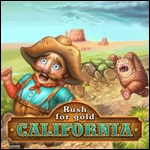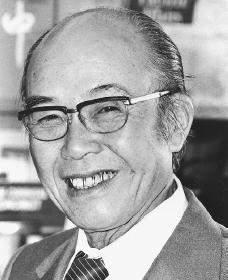The Understanding of Literature
What
is literature?
Fathoming the complexity of critical theory cannot
be separated from the problematical definition of literature which it
theorizes. Unfortunately, the definition of literature is not as simple as it
initially seems. Terry Engleton
in Literary Theory, an introduction and
Jonathan Culler in literary Theory, a
very short introduction elaborate the complexity and problems defining
literature. Engleton,
for instance. Questions the once widely accepted definition of literature:
literature is kind of writing that uses language in special /ways (1).
In technical term, it is called estranging of defamiliarizing as opposed to
day-to-day or ordinary use of language. Although this definition, which is
derived from Victor Shklovsky’s survey on the possible scientific facets of
literary analysis, matches the characteristic of poetry, Engleton objects to this definition
for two reasons. First f all, not all literary work, a novel or drama for
example, use language with this estranging effect. Yet, they are still
characterized as literature. Secondly Engleton,
adds given a certain context all language is estranging. As an example,
Eagleton quotes a sign post in an England subway which reads “Dog must be
carried on the escalator”. Unambiguous it may seem at first, this seemingly
plain announcement might be estranging: does this mean that people are not
allowed to use the escalator unless they carry a dog?
Other definition of literature, namely literature as
fictional writing and literature as belles
letters are easier to refute. The inadequacy of the first definition is
that not all fictional writing, such as Gundala
Putra Petir or even Wiro Sableng for that matter is
considered s literature. The later definition is usually taught to Indonesia
high school students: etymologically, susantra
(literatuer) is derived from
sanskrit i.e. su meaning good and sastra meaning writing so that susantra means good writing which is
synonymous with beles letters. For Eagleton
this definition leads to the impossibility of defining literature objectively
because the next question would be who has the right to set the standard. A
work considered literary by certain community might be ordinary for another.
Since the definition of literature then depends on the “who” rather than the
“what” both Eagleton and culler agree that literature and weeds are similar in
the sense that ontological of them is beyond objective formulation. The closest
definition we might come to is that literature is some kind of writing which
highly. Functionality and language estrangement function as non-defining
features of literature rather than as the defining characteristic of
literature.
As a definition, Engleton’s does not fulfill the criteria
of not too narrow as to exclude a whole lot of things and not too broad as to
include anything possible, however this seems the closest possible Engleton can get to the
definition. To include what is and what is not literature them depends on an
agreement between members of certain community, e it an academic community or a
community of another sort. At most, as Culler has suggested, the come up with
some features of literature that are non-defining in nature. It means that work
may or may not embody one or several of those features. Being loose entity,
literature has naturally invites theory as diverse as it can be. Many believe
that formulating a compact literary theory as well as a definition of
literature is a chimera. Literary theory, according to Eagleton, is
Really no more than
branch of social ideologies, utterly without any unity or identity which would adequately
distinguish it from philosophy, linguistics, psychicology, cultural and sociolinguistical
thought” (1998:178) (2)
This is what he means when Engleton says that
literary theory is an illusion. The problem with literary theory s that it
comprises of a lot of theories that often mention literature, as if, by
accident o that initially do not relate to literature but whose relationship is
established later after witnessing a similarity of process such as in the
Freudian and Lacanian theory of the unconscious and the use of symbol in
literary writing.
The effort to make literary study more academic goes
back as early as the 1880s when literary study was still a branch of linguistic
in oxford university. However, it did not get serious attention until literary
theory was presented more academically for the first time by the New Critics in
the USA at beginning of 20th century. Since then, literary study has been
showered with tons of teories that don not always speak the same language such
as Structuralism, Post structuralism, Deconstruction, Postmodernism, Lesbian/gay
criticism, Cultural Materialism, New Historicism, Post Colonialism Criticism, Narratology,
Ecocriticism and many others (3).
Taken from:
A Guidance Book Of Introduction To Literature by Mr M. Syaifuddin
S.S,.MA
References
1. Literary
theory: An Introduction 2nd edition. (Massachusetts: Blackwell publisher,1996)
2. Terry
Engleton, literary Theory: An Introduction 2nd edition.
(Massachusetts: Blackwell publisher,1996)
3. Paulus
Sarwoto, Critical Theory for Undergraduates: How Much is Enough? Vol 10 No. 1 June 2006







